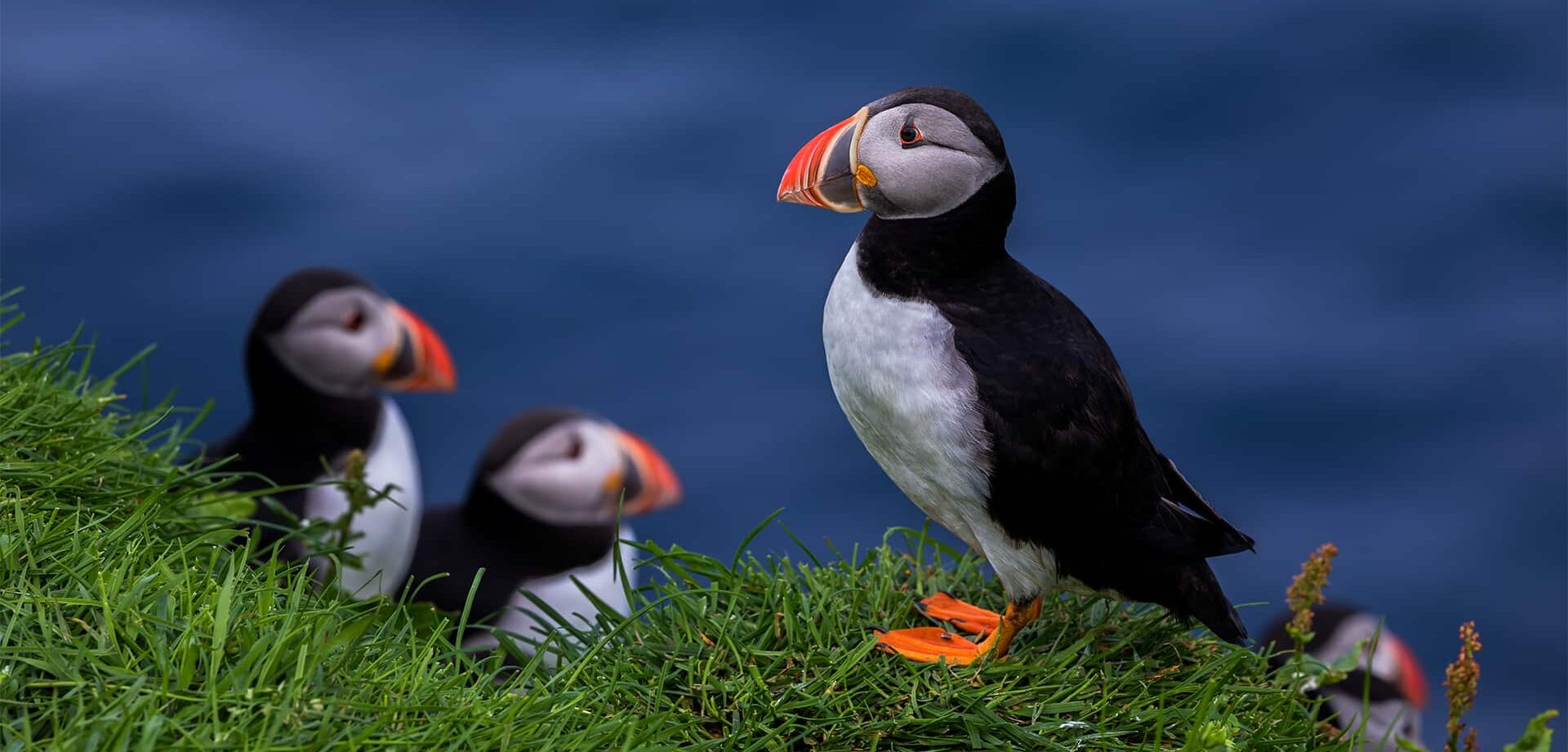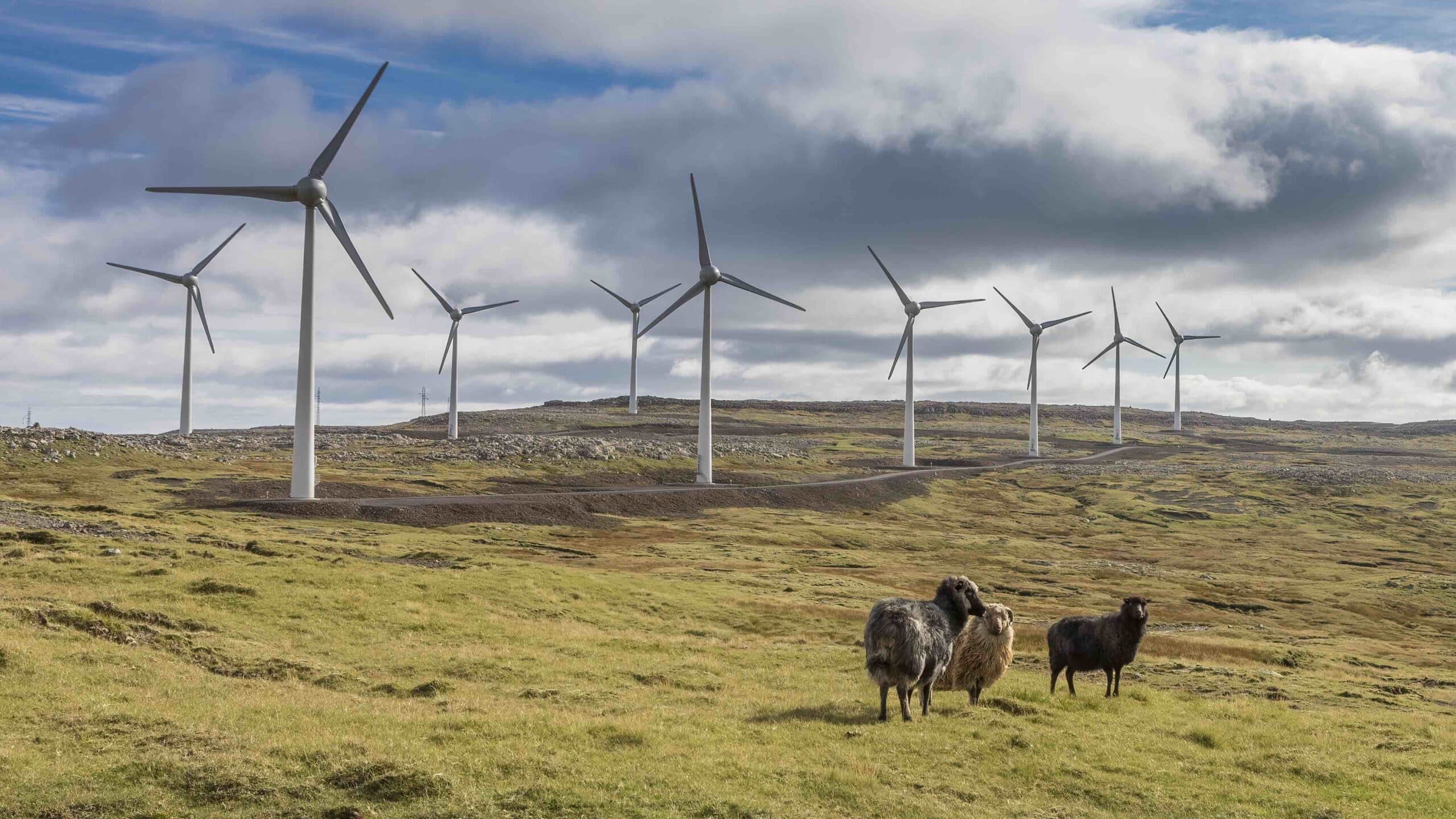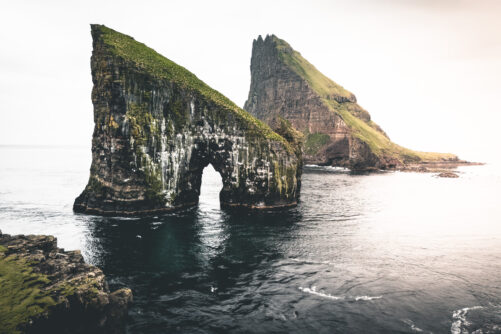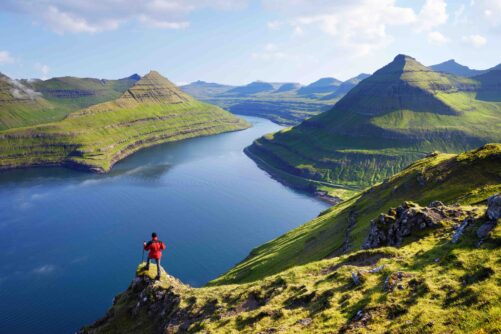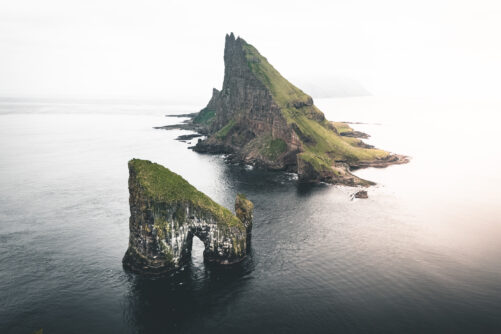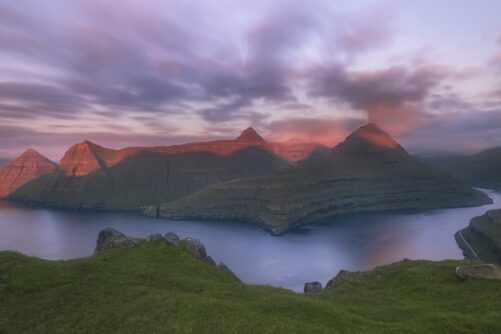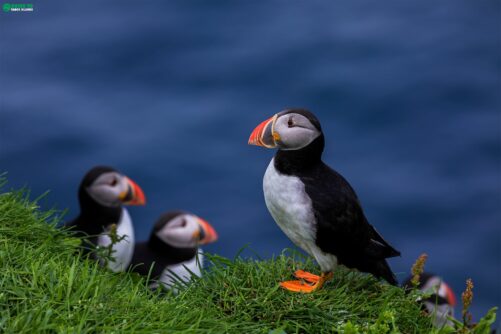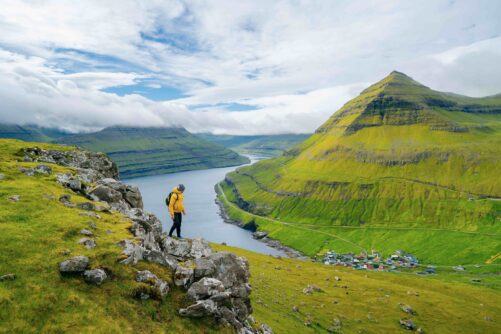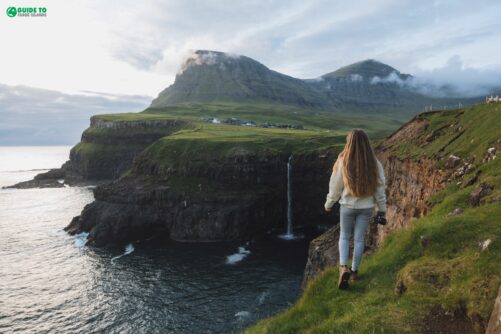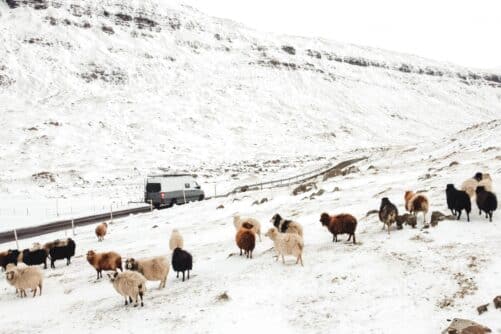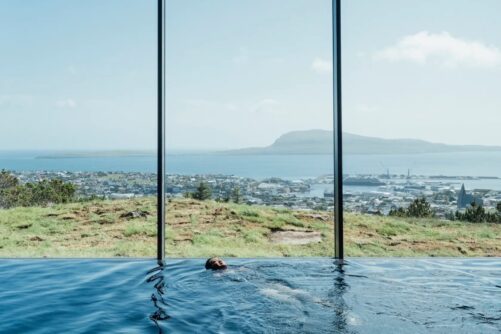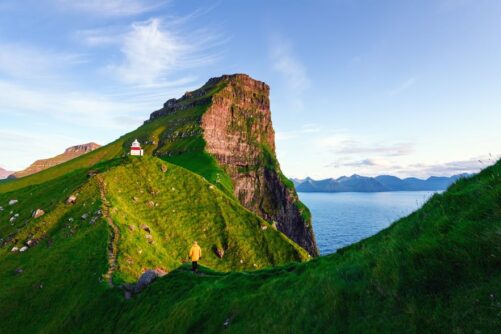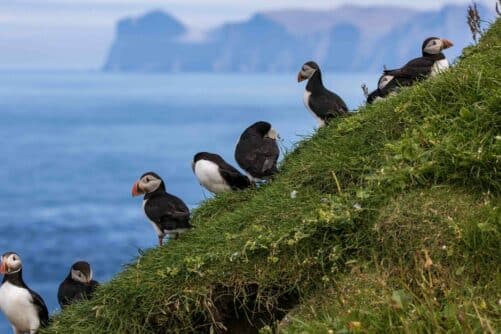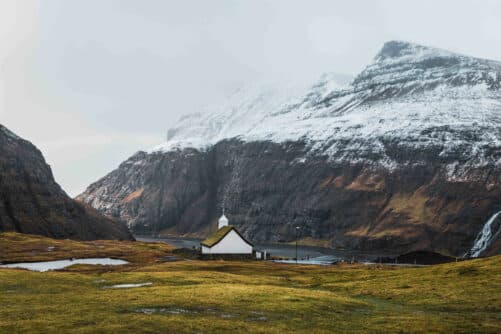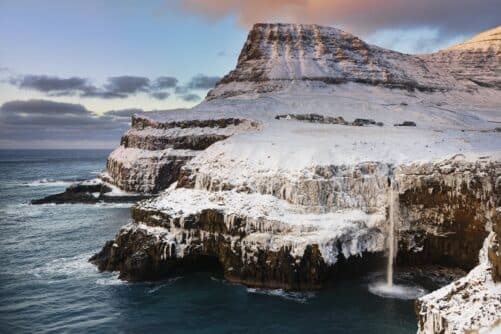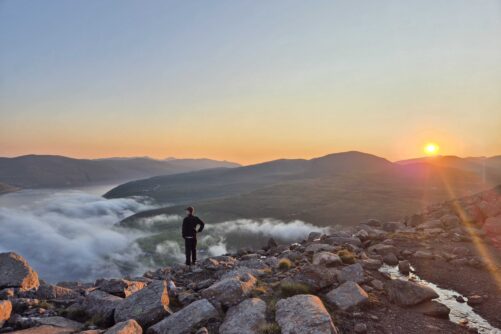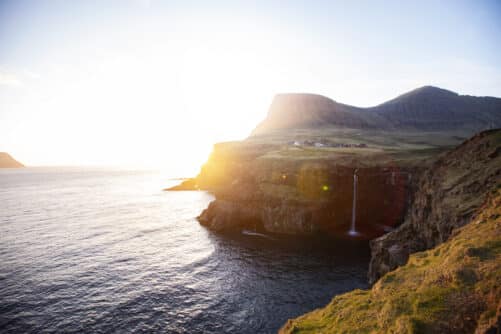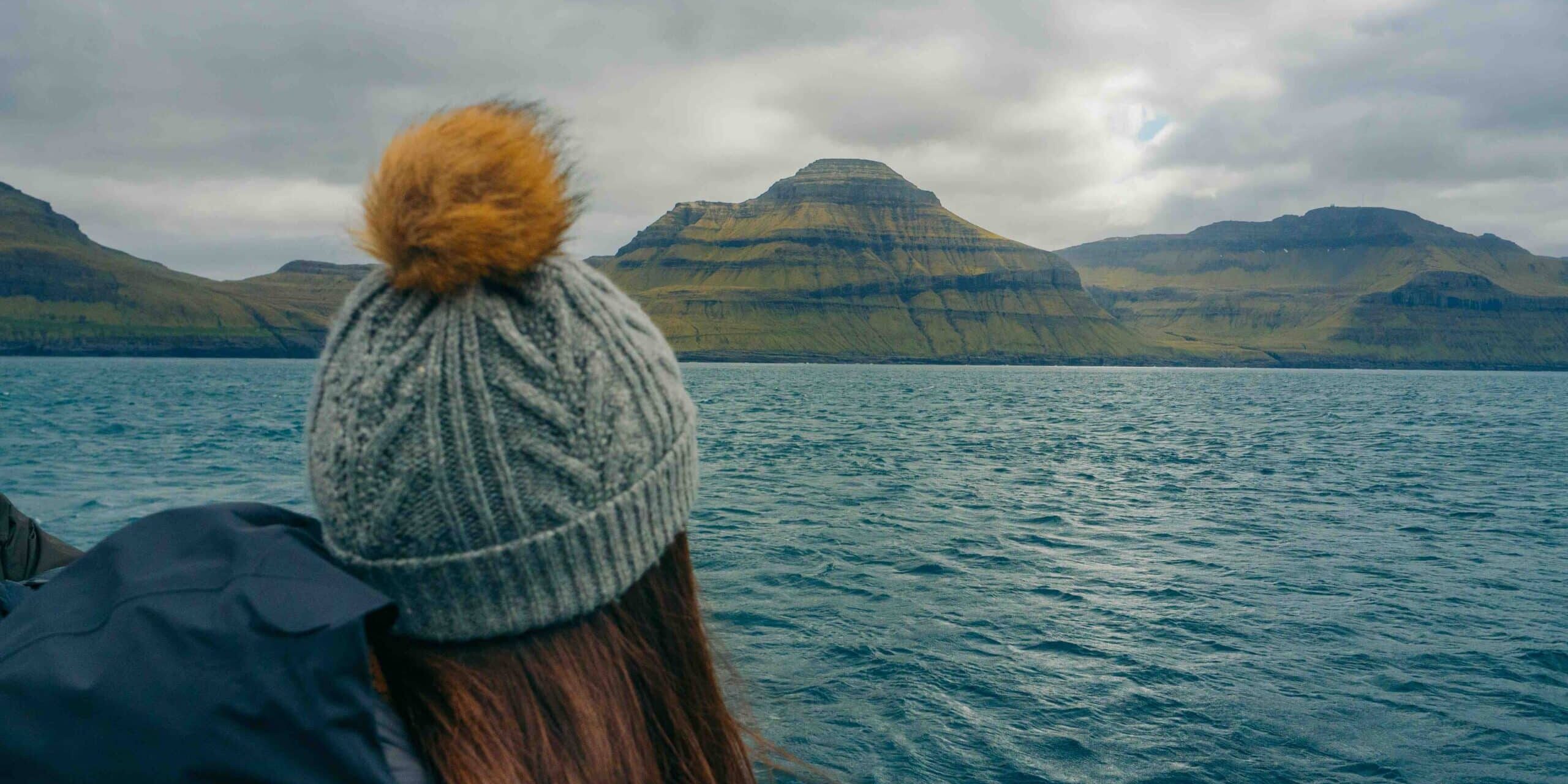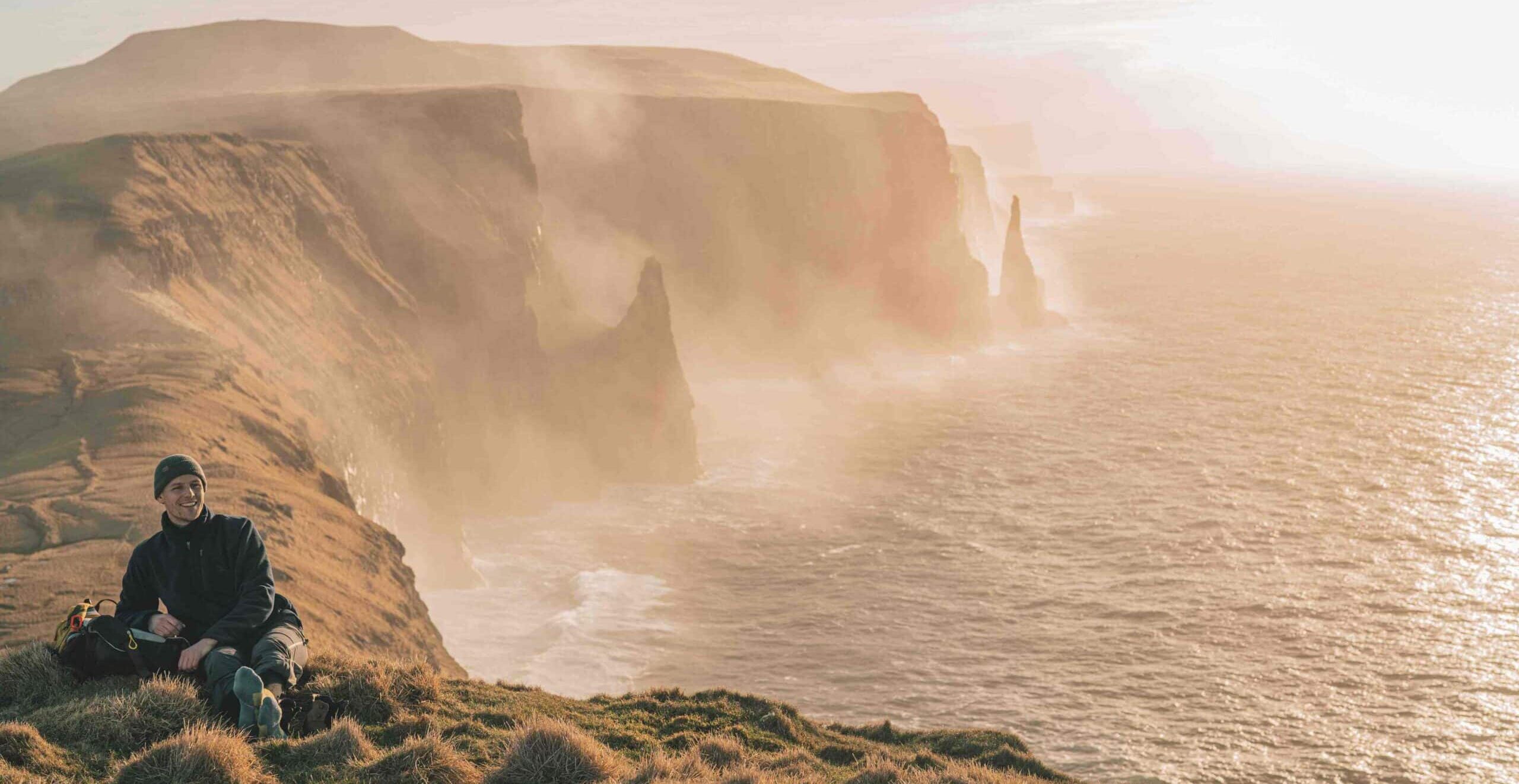
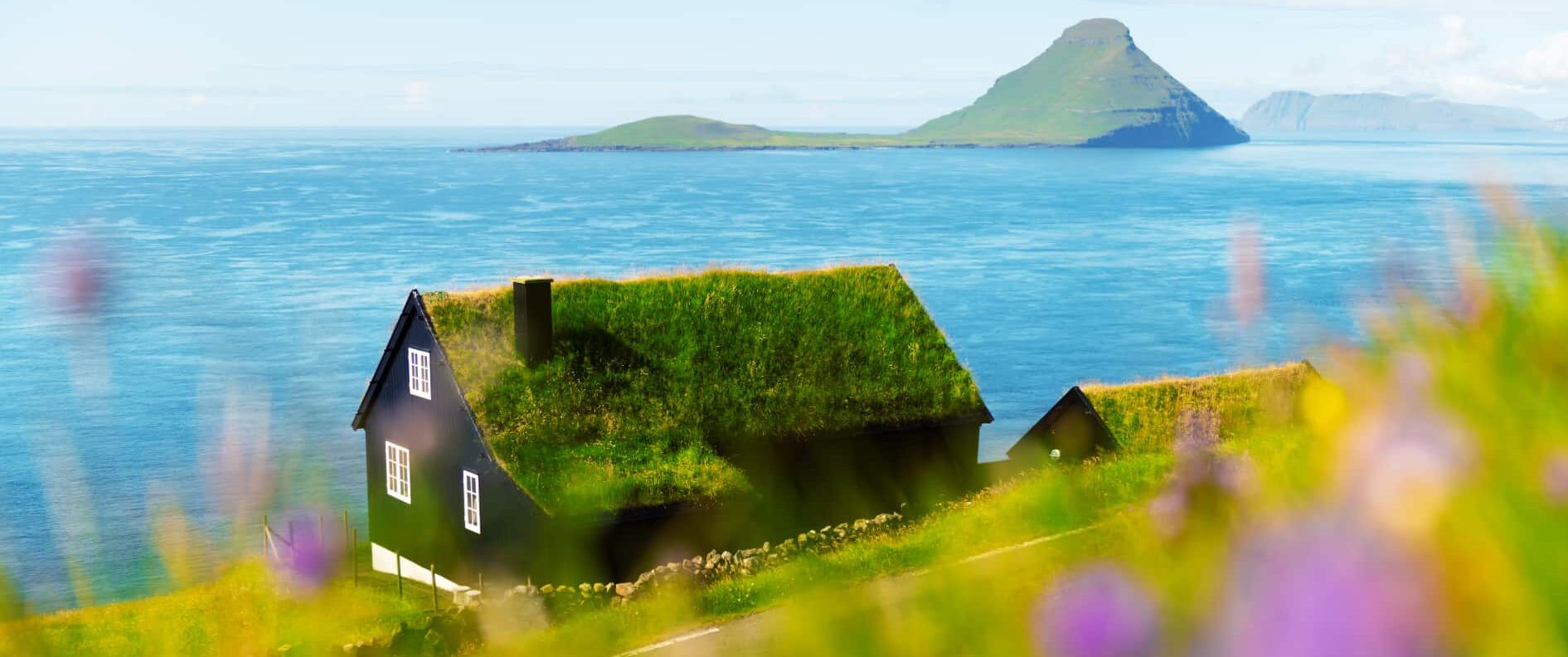
18 Things to Know for your First Trip to Faroe Islands
As a first-time traveller to Faroe Islands, what should you be aware of? Are there some travel tips that can make you well-prepared for your Faroe Islands vacation? Here are 18 things every traveller should know before going to the Faroe Islands.
- See the Largest Selection of Tours on Offer in Faroe Islands
- Discover Faroe Islands’s best Self Drive Tours
- Book a Vacation Package in Faroe Islands
- Learn about the Dos and Don’ts of Travel in Faroe Islands
The wild and dramatic Faroe Islands are a cluster of isles in the North Atlantic Ocean. The far-flung archipelago is tucked firmly between Scotland, Iceland, and Norway.
Travellers say they are forever in awe of the giant mountains and soaring cliffs rising up from the pristine sea. As you can expect lots of epic travel moments, you want to learn the things that are good to know before you head to the Faroe Islands.
There are 18 islands in total. And here you have listed up 18 things that are good to know before you visit all the jaw-droppingly beautiful places in the Faroe Islands.
1. Get out of Tórshavn
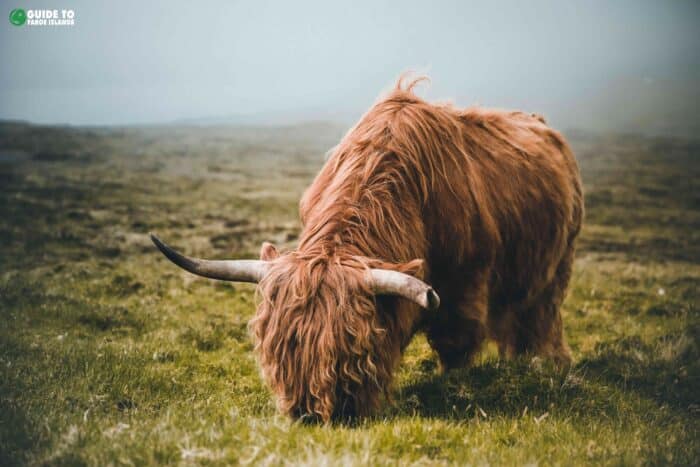
Get out of the capital and explore the countryside. If you decide to stay in Tórshavn during your visit, make sure to see the countryside that will lead you deep into the heart and soul of the Faroe Islands.
While the capital is charming and has lots of great restaurants, you will appreciate the nature scenery on the different islands. The Faroe Islands are known for its majestic beauty and a true sense of freedom, which you will experience wherever you are in the mountainous archipelago. From little streams trickling down from the heights to secluded small hamlets found in pristine fjords.
2. Prepare yourself for all kinds of Weather
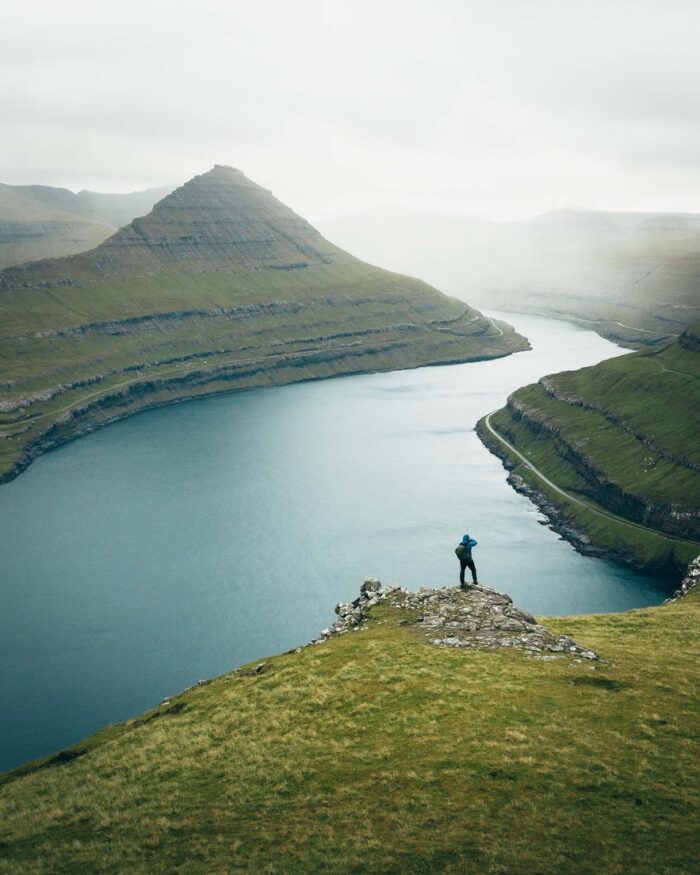
The weather shifts rapidly so dress yourself in layers. One minute it can be sunny and the next you will stand in pouring rain. That is just how the weather is like here. When you know this before arrival in the Faroe Islands, things will turn out just awesome.
You will have to accept and embrace the unpredictable weather. Always check the weather forecast in the morning before you go out exploring the extraordinary nature in the islands.
You will never find locals carrying umbrellas. Gusts are common and they will blow umbrellas upside down. So do not worry about putting an umbrella in your suitcase.
3. Stay in the Faroe Islands for Four Nights or more
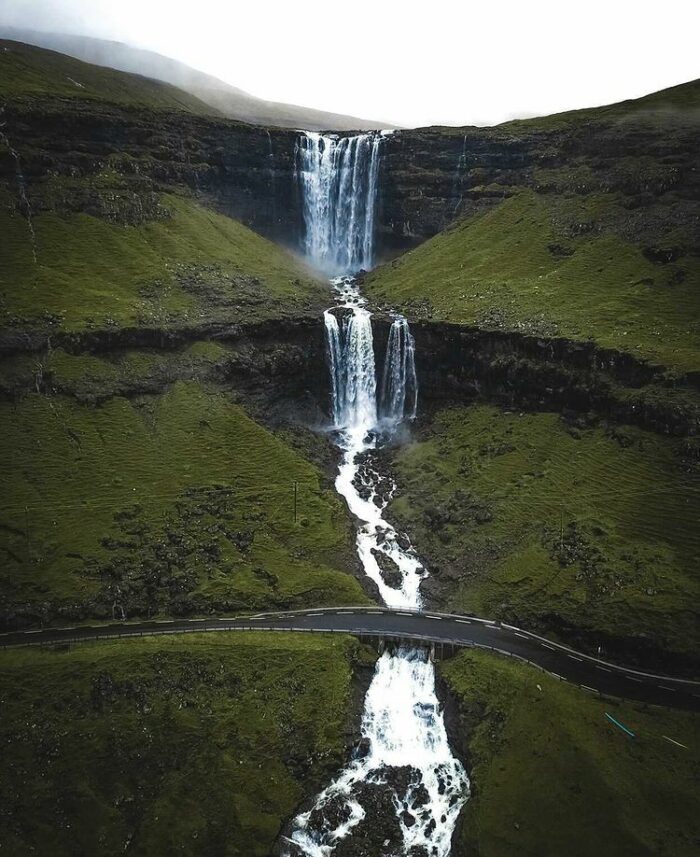
Even though this archipelago looks like a tidy dot on a map, there are so many things to explore. Staying for only two or three nights will feel too short. If you are on a tight schedule, spend four nights. Nevertheless, it is easy to fill many more.
Seize the day and enjoy the untouched nature and the unspoiled culture for a week or so. This will give you a real connection to this amazing and remarkable safe place on earth. Within a week, you will have time to tick off quite a lot of bucket-list worthy activities across the islands.
4. WIFI is on the House

All hotels, guesthouses, and other type of accommodation have free WIFI access. The WIFI speed is good and reliable. Besides free WIFI at your preferred accommodation there are also free hotspots around in especially the capital Tórshavn. Even the smallest cabins have free WIFI.
5G connectivity is available right across the islands. If you want limitless access to data on your phone, then reserve a phone package from the local telecommunication company Nema. You will then pick up a SIM card including a Faroese phone number at the company’s office in the capital Tórshavn. The office is located a convenient 45 minutes drive form the airport.
5. Bring your Camera
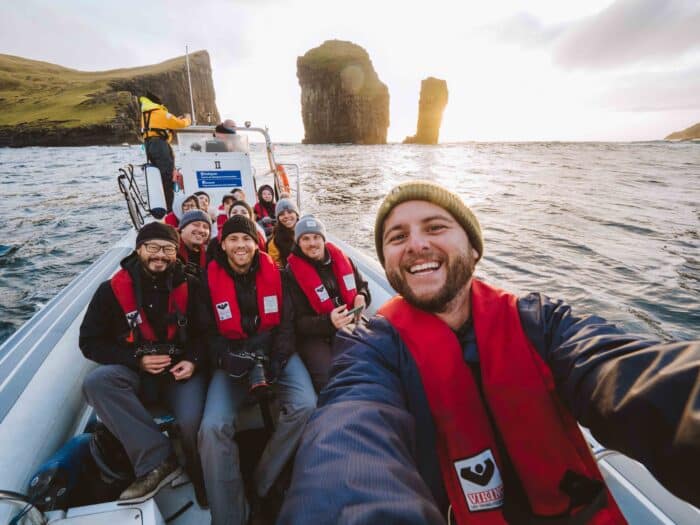
The Faroe Islands looks like nowhere else on earth. Make sure to explore waterfalls and beaches. Also, make sure to experience different pristine villages with their turf houses that looks great on photos.
You will need a camera for all the amazing attractions waiting for you on every corner. Everything from a Drangarnir Boat Tour to a Fully Guided Day Tour, bringing your camera is key.
6. Credit Cards are Accepted Everywhere

Credit cards can be used everywhere. The best thing you can do is to carry two cards on your Faroe Islands trip, preferably connected with Mastercard and Visa.
The Faroese currency is linked to the Danish currency, the Danish króna (DKK). You do not need piles of cash when you are in the Faroe Islands as you can pay with different credit cards and debit cards everywhere. Credit cards are so widely accepted in the Faroe Islands that you will have a difficult time finding a shop or service that will only let you pay in cash.
If you prefer to pay in cash, however, there are ATMs in all towns and larger villages free for your use. But you really do not need to worry about bringing cash wherever you go.
7. Watch out for Sheep

Sheep are everywhere so if you want to rent a car and explore the islands that way, take care on the roads as you might all of a sudden need to slow down as a sheep is crossing the road. So a good advice is to watch out for the sheep.
There are sheep on all islands so you can expect there to be sheep wherever you are driving. Take extra care from late April until late June when baby lambs can be found on the roadside. Lambs know very little about traffic rules.
8. Bring Waterproof Hiking Boots & Wool Socks
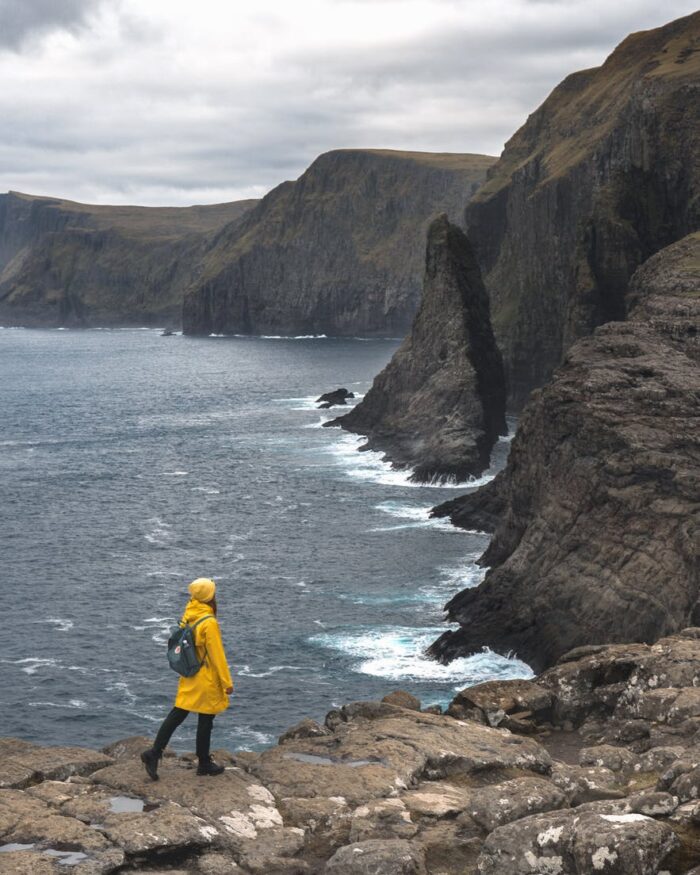
Whether you plan to walk on the iconic trails or the roads less travelled, make sure to pack hiking boots. As rain is very common here and the terrain can be soggy, you want to keep your feet dry and warm. This will make you experience the Faroe Islands with more comfort. Patterned rubber soles are recommendable.
Check out What to Wear in the Faroe Islands. The guide includes what to pack for summer and winter which will always turn out to be one of the most important things to know before you arrive in the Faroe Islands.
Bring wool socks and enough pairs so that your feet never get cold. It is important to keep your feet warm both in summer and winter. There is a vast range of wool socks available in most outdoor shops. Getting it right will make you enjoy the nature in full. Find the wool socks that fit you perfect. This will secure you warm feet whatever the weather condition and you can do blister-free hikes too.
9. No Escalators, Anywhere

This might be more of a fun fact than a practical thing to know. There is not a single escalator in the Faroe Islands. This reflects the islands’ traditional architectural landscape, which consists of modest one- and two-story buildings.
Towering mountain compensate for the lack of soaring buildings with automated stairs. Those planning to go out hiking will encounter a handful of places with some wooden stairs making decanting and ascending some beauty spots more easy. This includes a part of the hill to Klakkur Mountain Ridge and a vantage point overlooking the sea gorge in Gjógv.
10. Take a free hard-copy Map

Take a copy of the free map of Faroe Islands that are available at the airport upon arrival. You will also find this official map in all tourist information centres.
In our digital age a hard-copy map might seem old fashioned. But having a map of the Faroe Islands really adds something extra to your vacation. This map is likely to unlock some of the well kept secrets across the country.
11. Remember your Driving License
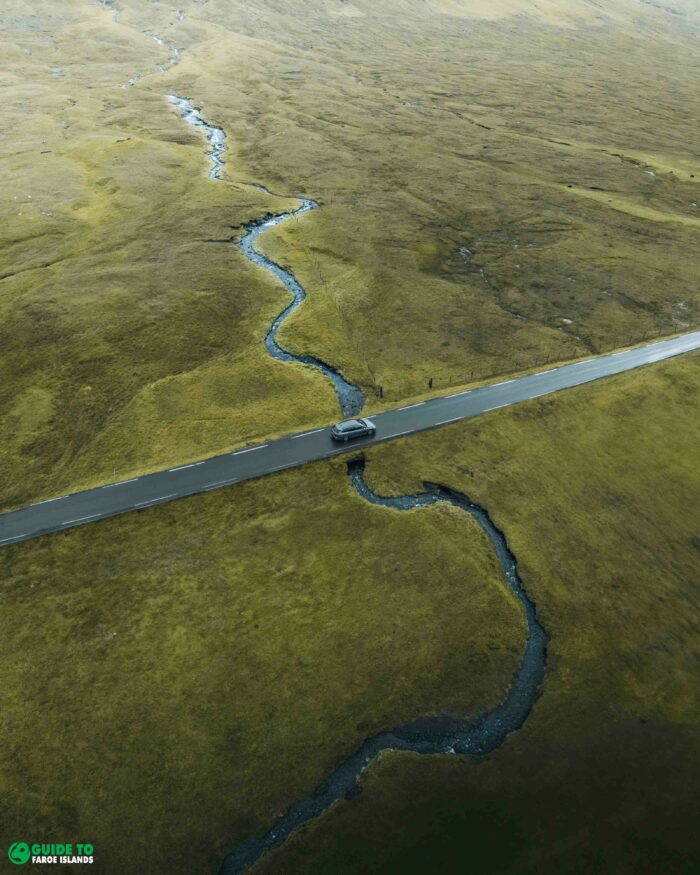
If you want to rent a vehicle, remember your driving license. If you are stopped by one of the kind police officers, you will still be asked to display your license to drive.
It is required always to have lights on when driving. Also, remember to fasten your seatbelt as it is a requirement when on the roads.
12. Drink Tap Water
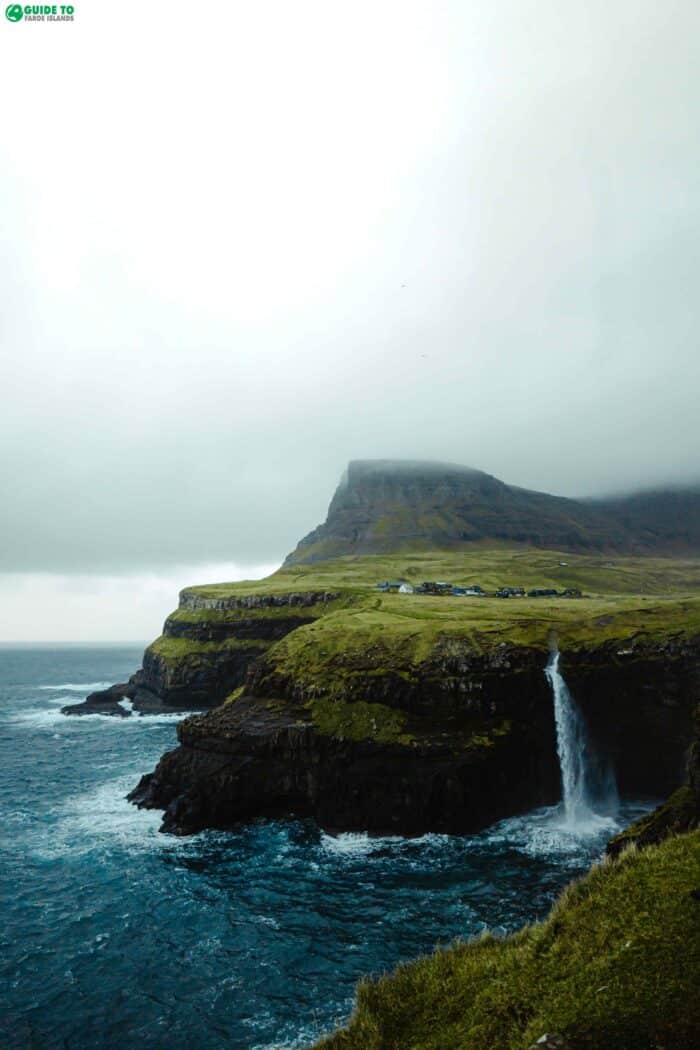
It is perfectly safe to drink fresh water from the tab no matter where you are in the Faroe Islands. Actually the manager of the waterworks in Tórshavn has demonstrated that Faroese tap water is purer and better than bottle water bought in supermarkets. So from the minute you enter Vagar Airport, don’t hesitate drinking water directly from the tap. Faroese tap water tastes fantastic.
There is a pureness to the taste of water in the Faroe Islands. It comes from the fact that there is no calcium oxide in the water and no chlorine is added in order to ensure the world class water in the Faroe Islands.
13. No Alcohol in Supermarkets

The only place you will find alcohol is at the Rúsan stores that can be found on all larger islands. The largest Rúsan store is in Tórshavn in the small shopping mall Miðlon. The selection of wines, spirits and beers is excellent. But prices are NOT for the faint-hearted.
If you want some beers, wine and things like that to enjoy whilst you are in the Faroe Islands, then your best bet is to buy these things at the airport. Alcohol is heavily taxed but at the airport you will get these things tax-free.
As an example a 6 pack of OYN OY beer by the local brewing company OY costs $12 in the Rúsan stores around the country. If you on the other hand buy this beer at the tax-free shop at Vagar Airport upon arrival to the Faroe Islands, you will get the same 6pack of OYN OY at a cost of $10.
You can also get Faer Isles Distillery products at the airport. Their products are handcrafted in the Faroe Islands using local produce. Want to taste the spirits of the distillery? Then make sure to Book a Whisky Tasting Tour. You can then buy a bottle or two at the airport when leaving the Faroe Islands again. That’s where you will get the best price.
14. You may need a Visa
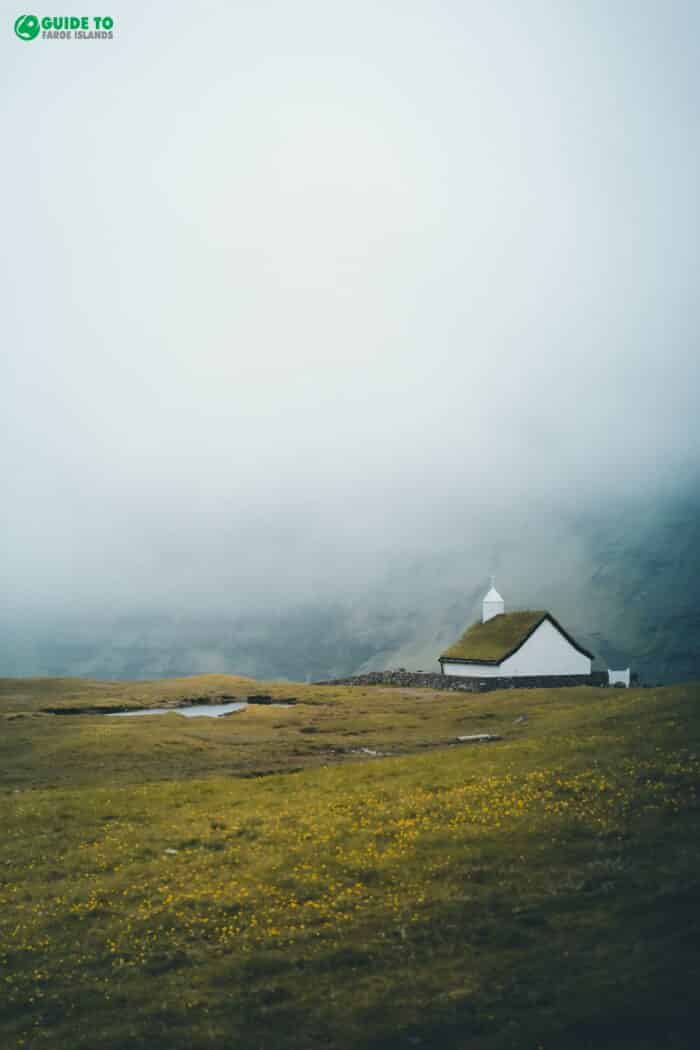
One of the important things to know when planning your Faroe Islands adventure is to check visa requirements. You probably need a visa to enter the Faroe Islands. This depends on your citizenship. Check the Faroe Islands visa requirements. A visa to the Faroe Islands is a permit to travel to and stay in the country for up to 90 days.
15. Do they Speak English in the Faroe Islands?
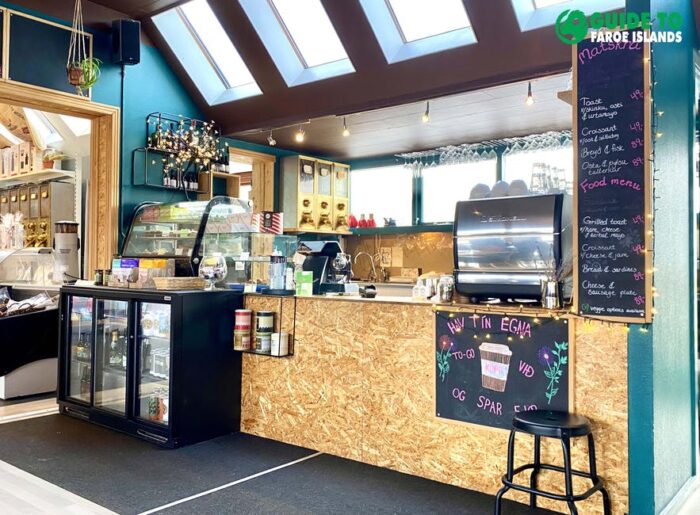
Everyone speaks English in the Faroe Islands. The Faroe Islanders have their own language Faroese which is quite hard to learn due to its archaic vocabulary. But no worries at all! You will be good speaking English with the locals. Those who are not fluent in English still have a firm grasp of the language.
16. Pricey but satisfying
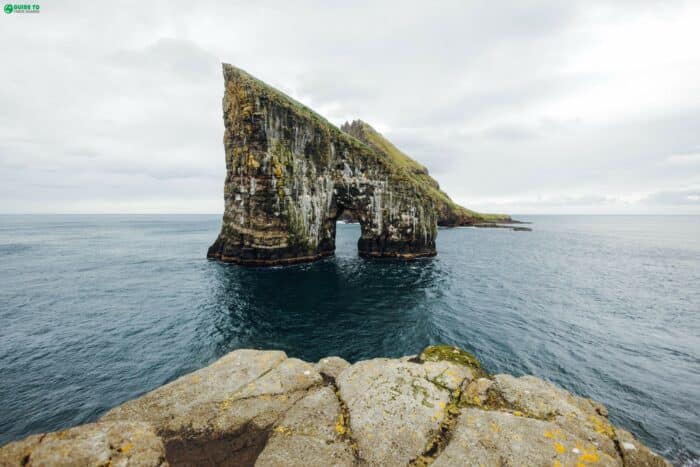
The Faroe Islands are far from a budget destination. Food in general comes at a high cost as well as accommodation. On the other hand most attractions like waterfalls, fjords and villages are free if you are not taking one of many guided tours in the Faroe Islands.
So before you buy your flights to Faroe Islands, make sure you can afford exploring the destination just as you want to. Check out this guide for travelling the Faroe Islands on a budget.
17. Electrical outlets use two round prongs
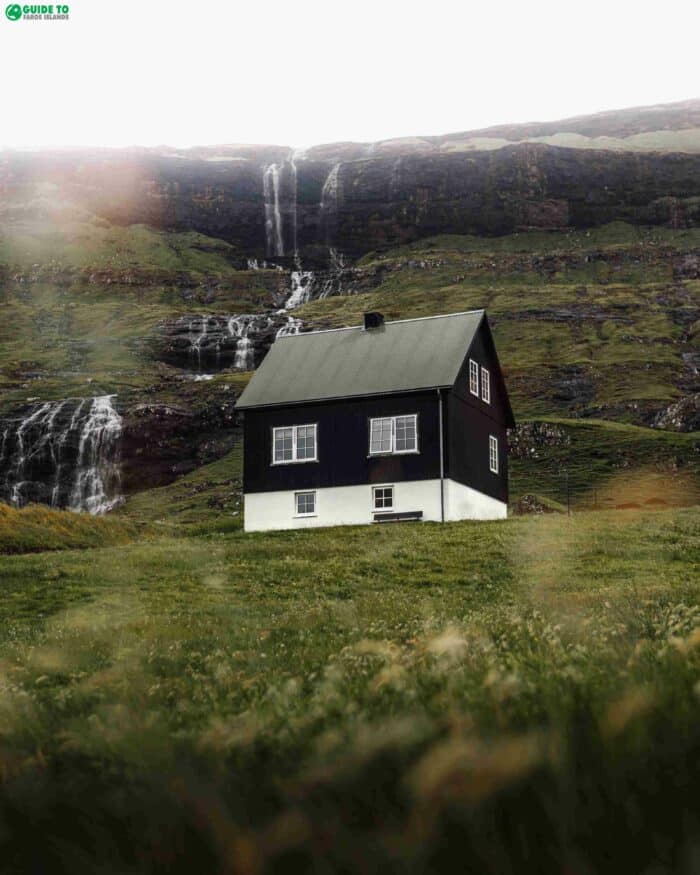
Remember your phone and charger. The electricity that comes out of the wall outlets is 220 volts. Faroe Islands uses the same 220v system as most of Europe. This is the system with the same two pin plugs. So you might need a travel adapter.
18. It is light in summer and extremely dark in winter
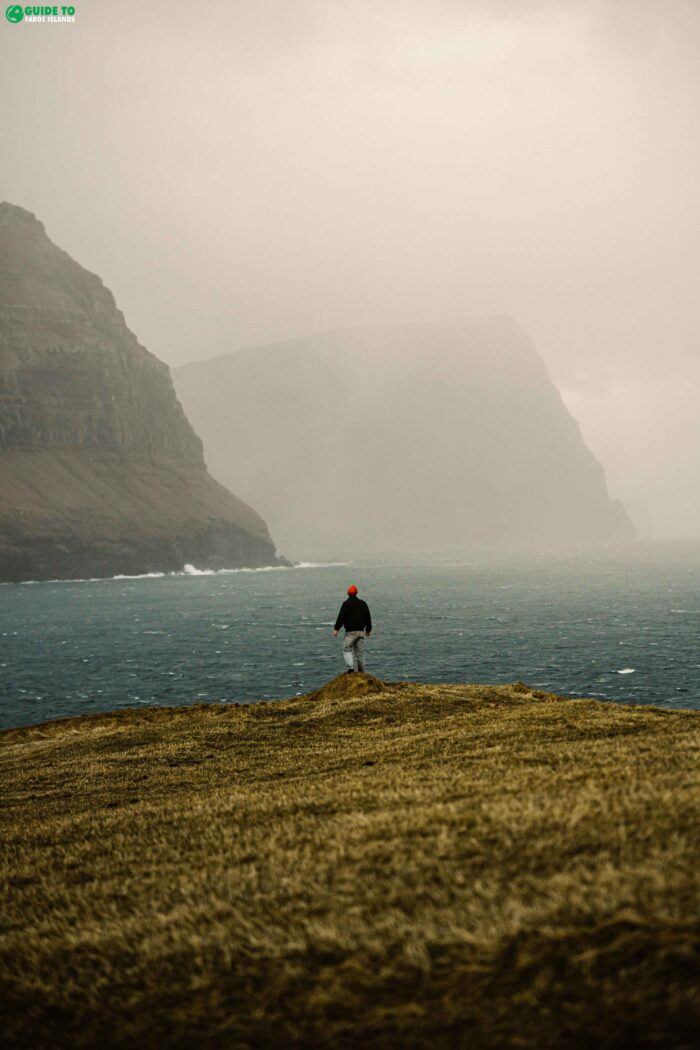
Know if it is going to be light or dark. Make sure to research beforehand what the temperatures will be like during your visit and what lighting conditions you can expect. Be prepared for constant daylight one month before and after the summer solstice which is on 21 June every year.
During the hight of summer, there will be almost twenty-four seven hours of daylight and in winter time when it is darkest days will be much shorter. In December, you will get less than seven hours of daylight. It will become light at 9am and completely dark again at 4pm. Learn more about the different seasons in the Faroe Islands.
Faroe Islands Things to Know and Book
A Faroe Islands holiday is for those who want to reconnect with nature. You will feel incredible relaxed when standing in front of the most exquisitely beautiful mountains in the world. From those gentle meadows to rugged hills and craggy cliffs.
Are you ready for a trip to the Faroe Islands? Check out the best selection of Faroe Islands Tours and make memories that will last a lifetime.

